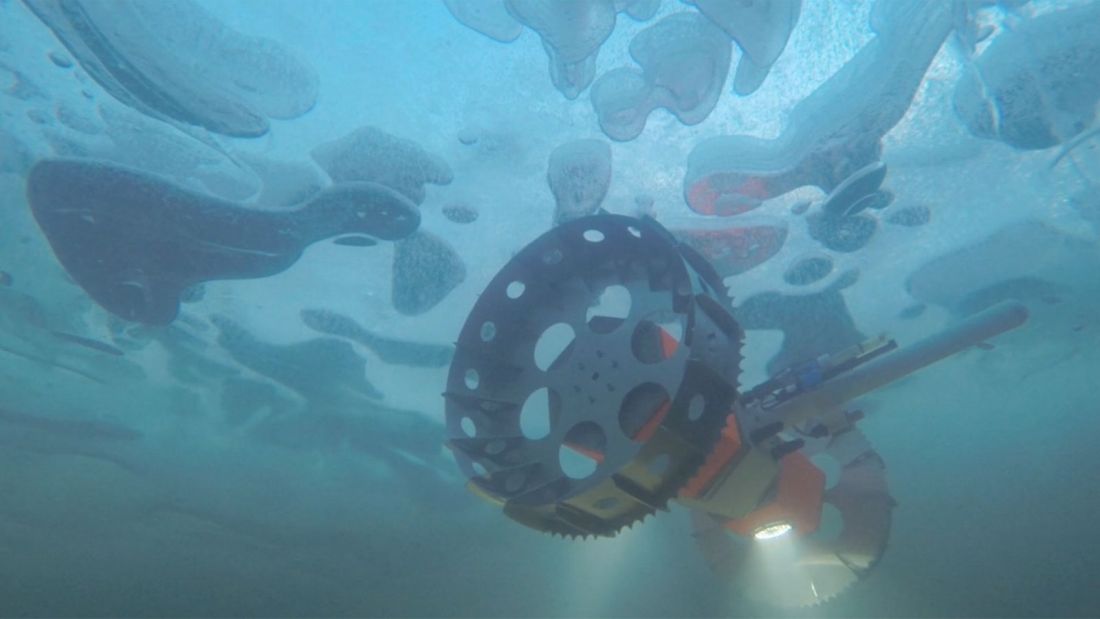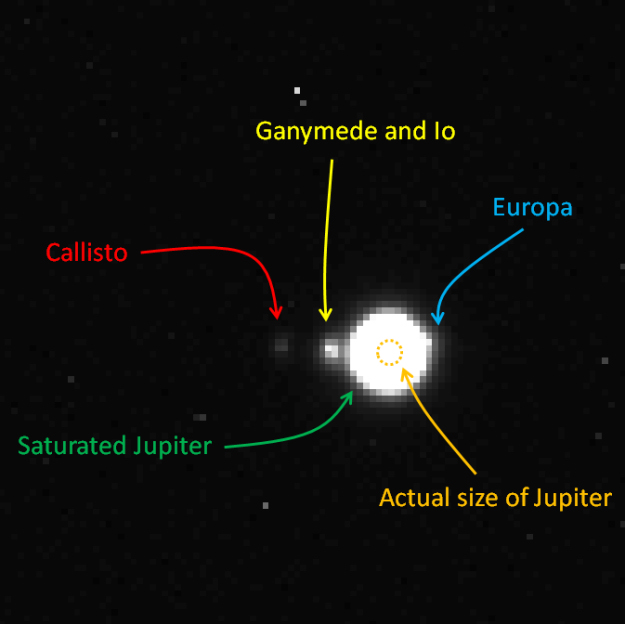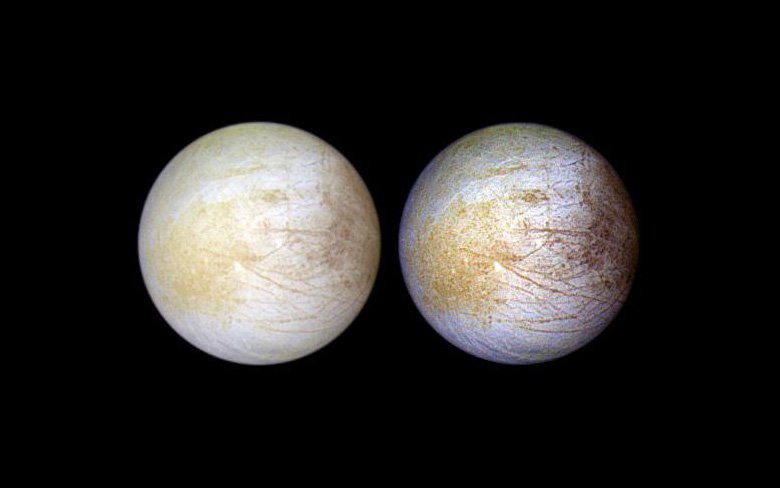The search for life has led astronomers to the icy moons in our Solar System. Among those moons, Europa has attracted a lot of attention. Europa is Jupiter’s fourth-largest moon—and the sixth-largest in the Solar System—at 3,100 kilometres (1,900 mi) in diameter. Scientists think that its oceans could contain two or three times as much water as Earth’s oceans. The only problem is, that water is hidden under a sheet of planet-wide ice that could be between 2km and 30km (1.2 miles and 18.6 miles) thick.
A team of scientists is working hard on the problem. Andrew Dombard, associate professor of Earth and Environmental Sciences at the University of Illinois at Chicago, is part of a team that presented a possible solution. At the American Geophysical Union meeting in Washington, D.C., they presented their idea: a nuclear-powered tunneling robot that could tunnel its way through the ice and into the ocean.
Continue reading “A Nuclear-Powered Tunneling Robot that Could Search for Life on Europa”







